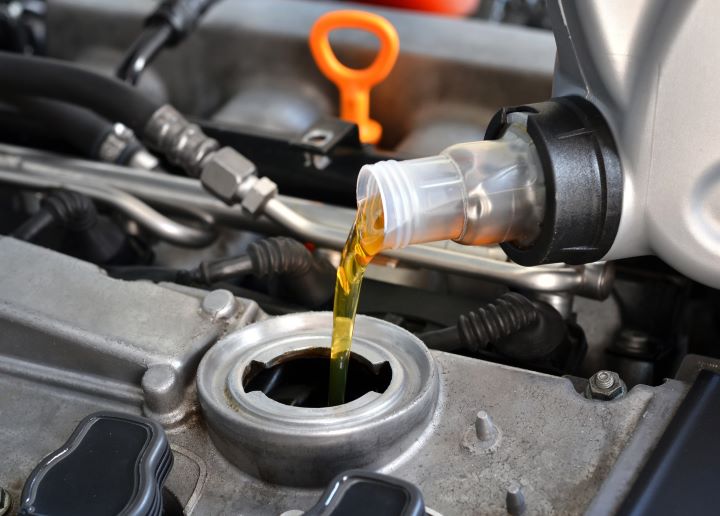Used Engines: A Comprehensive Guide to Sourcing and Inspecting
Used engines offer a cost-effective solution for vehicle repairs and restorations. This article explores the process of sourcing engines from junkyards, inspecting them for quality, and identifying compatible options for various vehicles, including classic models.

How to inspect a junkyard engine before use?
When considering a used engine from a junkyard, thorough inspection is crucial. Start by examining the engine’s exterior for signs of damage, rust, or leaks. Check the oil pan for metal shavings, which could indicate internal wear. Inspect the cylinder head for cracks and ensure all mounting points are intact.
Next, remove the oil cap and look inside the engine. A sludge-free interior is a good sign of proper maintenance. If possible, use a borescope to inspect cylinder walls and pistons for scoring or excessive wear. Check the timing belt or chain for signs of stretching or damage.
Finally, test the engine’s compression if the junkyard allows it. This step provides valuable insight into the engine’s internal condition and can help identify potential issues before purchase.
What are the benefits of sourcing engines from junkyards?
Sourcing engines from junkyards offers several advantages. First and foremost is cost savings. Used engines are significantly cheaper than new ones, often costing 50% to 75% less. This makes expensive repairs more affordable for many vehicle owners.
Junkyards also provide a wide variety of engines, including those for older or discontinued models. This is particularly valuable for classic car enthusiasts or owners of vehicles with limited parts availability. Additionally, junkyard engines often come with accessories and peripherals, which can further reduce overall repair costs.
Environmental benefits are another consideration. By reusing existing engines, junkyards contribute to reducing automotive waste and conserving resources associated with new engine production.
How can junkyard engines benefit classic vehicle restoration?
Classic vehicle restoration often involves sourcing rare or discontinued parts. Junkyards serve as treasure troves for enthusiasts seeking original engines to maintain their vehicle’s authenticity. These engines can be rebuilt or used as templates for custom fabrication, ensuring period-correct performance and appearance.
Junkyard engines also provide a cost-effective solution for classic car projects. Restoration budgets can quickly escalate, and finding an affordable, original engine can significantly reduce overall expenses. Moreover, junkyard engines often come from vehicles that have been well-maintained, offering a solid foundation for restoration.
For some classic models, junkyard engines may be the only viable option due to the scarcity of new old stock (NOS) parts. This makes junkyards an invaluable resource for preserving automotive history and keeping classic vehicles on the road.
How to identify compatible junkyard engines?
Identifying compatible junkyard engines requires research and attention to detail. Start by obtaining your vehicle’s engine code, usually found on a sticker in the engine bay or stamped on the engine block. This code provides crucial information about the engine’s specifications.
Next, consult your vehicle’s manual or online databases to determine which other engines are compatible. Many manufacturers use the same engine across multiple models and years, expanding your options. Pay attention to factors like displacement, number of cylinders, and fuel type.
When at the junkyard, verify the engine’s compatibility by checking its physical dimensions, mounting points, and connector locations. Ensure that all necessary sensors and accessories are present and in good condition. If possible, cross-reference the engine’s serial number with manufacturer databases to confirm its origin and specifications.
| Aspect | Consideration | Importance |
|---|---|---|
| Cost | 50-75% cheaper than new engines | High |
| Availability | Wide range, including rare models | High |
| Environmental Impact | Reduces automotive waste | Medium |
| Restoration Value | Maintains vehicle authenticity | High for classics |
| Compatibility | Requires careful research and verification | Critical |
Prices, rates, or cost estimates mentioned in this article are based on the latest available information but may change over time. Independent research is advised before making financial decisions.
Sourcing used engines from junkyards can be a practical and economical solution for various automotive needs. Whether repairing a daily driver or restoring a classic vehicle, junkyard engines offer significant benefits. However, success depends on careful inspection, thorough research, and proper identification of compatible options. By following the guidelines outlined in this article, buyers can navigate the process of selecting and purchasing used engines with confidence, potentially saving substantial amounts while keeping vehicles operational or preserving automotive history.




